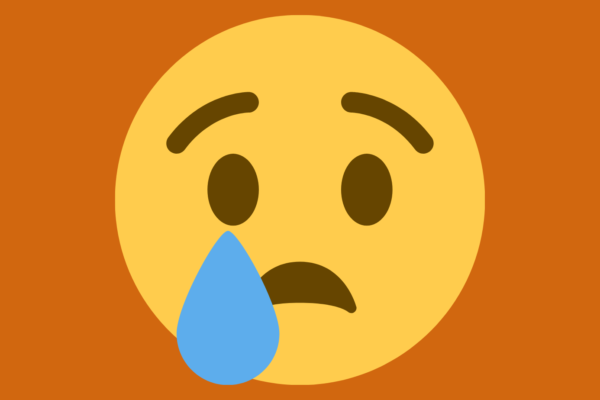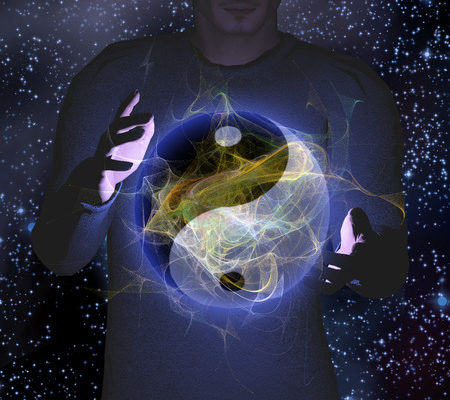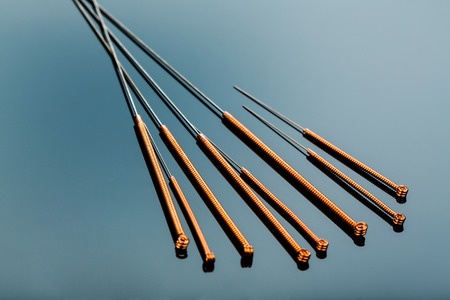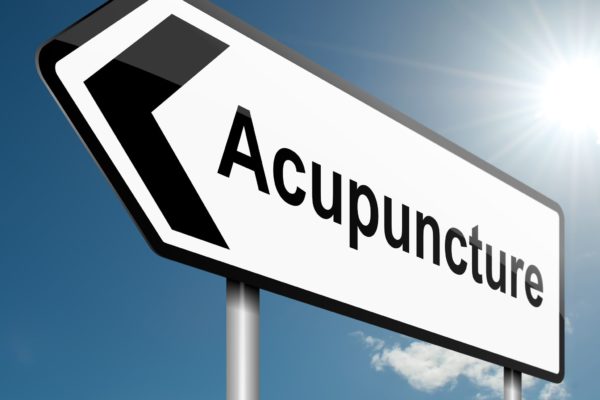Chinese medicine is an ancient form of healthcare that has been practiced throughout the Asian world for 5000 years. Historically and up until this very day, Chinese medicine is perhaps the most widely used form of medicine throughout the world, as billions of people have used it as their primary form of care. There are five main branches of Chinese medicine (we will be covering the first two of these in some depth):
- Acupuncture
- Chinese herbal medicine
- Nutrition
- Qi gong
- Feng shui
According to Chinese medical theory, these five branches form the foundation of a healthy and balanced life.
Acupuncture theory is premised upon the concept of Qi (pronounced Chee), which loosely translates as energy, life force, or function. The main point when trying to grasp the concept of Qi is to consider the possibility that there is an immaterial level of reality that Western science cannot quantify or categorize. Acupuncture theory suggests that many of our physical and emotional problems begin at a level of function that is more subtle than our brain chemistry or organ function.
Quantum physics has come to a very similar understanding of the material world and the human body by proving that when we break down any material object into its smallest components, it is reduced to pure energy. So, many of these ancient Eastern cultures have long understood what Western science is finally beginning to accept. Our bodies, while seemingly solid, are actually energetic configurations that are constantly changing. Acupuncture is premised upon this understanding. The point of treatment is to manipulate the flow of Qi within our bodies in different ways to induce a therapeutic effect. By working on the energetic level, the physical or material level can be directly affected. In fact, according to acupuncture theory, many forms of imbalance or disease cannot be fully healed simply by intervening on the material level. The underlying energetic component has to be addressed in order to treat the root cause of the problem.
Now, according to acupuncture theory, the Qi in our bodies is said to pool and gather at specific locations that are spread out from head to toe. The specific locations where Qi gathers are called acupoints, or acupuncture points. These are typically the places where acupuncture needles are inserted to induce various therapeutic effects. There are 361 basic acupoints on the human body. These numerous points are located on acupuncture meridians, which are channels of Qi that flow throughout the body. The meridians correspond to the major internal organs. Here is a list of the 12 major meridians that run through the body:
LUNG
LARGE INTESTINE
SPLEEN
STOMACH
BLADDER KIDNEY
HEART
SMALL INTESTINE
SAN JIAO
PERICARDIUM
GALL BLADDER
LIVER
There are numerous acupoints on each of these 12 meridians. For instance, the Lung meridian has 11 acupoints while the Bladder Meridian has 67 acupoints. Each of these 361 points have names, metaphors, and images associated with them that help the acupuncturist utilize them in different ways. The meridians travel through specific regions of the body; they have definite origins and end-points. Typically, an acupuncturist will insert tiny needles into a number of the acupuncture points on the meridians that are most in need of balancing. For more info on Chinese Medicine, click here.
For those of you who live in San Francisco, please check out our new mobile service, Go-Acupuncture.




